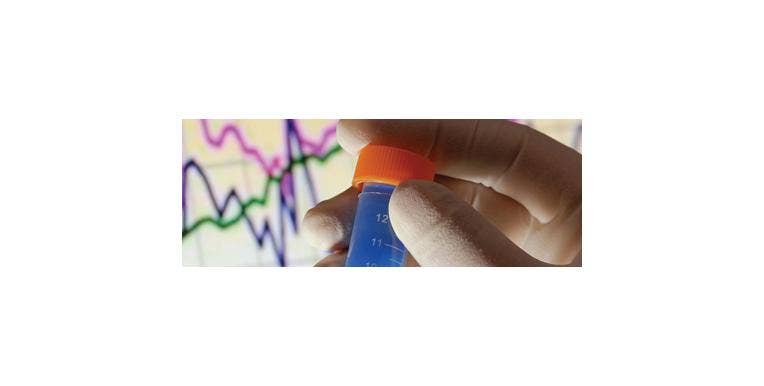3 Things to Consider When Purchasing Centrifuge Tubes
Centrifuge tubes range a lot in terms of quality and performance. There are multiple factors that contribute to the overall quality of the tube that we will discuss in this article. It’s important to take into account your own requirements of a tube and then choose a tube that is going to best suit these requirements.
Relative Centrifugal Force
A centrifuge tube will have a maximum speed rating at which the tube can withstand. The speed capacities of tubes will vary greatly between brands so it is important to determine what speeds you will require and go for a tube that will be able to withstand these speeds. When looking at speeds, it is best to look at RCF rather than RPM as RCF takes into account the gravitational force being applied. RPM, on the other hand, only takes into account the rotors spinning speed.
Pricing can vary depending on the maximum RCF a tube can handle so firstly, work out the RCF you will require and find a tube that fits these requirements. If you are not dealing with high speeds, you may be able to choose a tube with a lower RCF to save on the costs of the tubes. If you are a volume user, any potential savings on the tubes can add up to a sizeable amount over time.
Chemical Compatibility
Depending on the type of material the centrifuge tube is made out of, it will obviously have different resistance capabilities to different chemicals. It is important to take into account the types of chemicals you will be using and ensure that the tube you choose has satisfactory resistance to these chemicals. Centrifuge tubes are available in an array of materials such as polypropylene (PP), polyallomer (PA), polycarbonate (PC), and polyethylene terephthalate (PET). PP is a popular type of tube due to its ability to be used for high-speed applications, is autoclavable, and its resistance to most organic solvents. Be sure to check a chemical resistance chart to determine what tube will be most suitable for your laboratory.
Volume
Note that you should never overfill a centrifuge tube as it can cause leakages. The maximum you should ever fill a centrifuge tube is ¾ full. Some ultracentrifuge tubes, however, must be filled to the top to prevent collapse. You also need to ensure that you don’t underfill the tubes either. It is always best to make sure you check the product specifications from the manufacturer as they will provide filling guidelines. With this in mind, the tube you select will need to be based on the volume you will be using. If you find that the tube most suitable for the volume you are using will not fit the rotor capacity of your centrifuge then consider an adapter for the rotor. Most manufacturers will have these adapters available so speak to your supplier about an adapter to suit your needs.
A centrifuge tube is an important consumable in any laboratory and the decision upon what tube will best suit your laboratory should not be taken lightly. Suppliers will be able to provide samples for testing prior to committing to order. This gives you the opportunity to put the tube through its paces to ensure that it performs. If you can, get a few different brands to sample and run the same tests on each, this will further assist you in making your decision.


